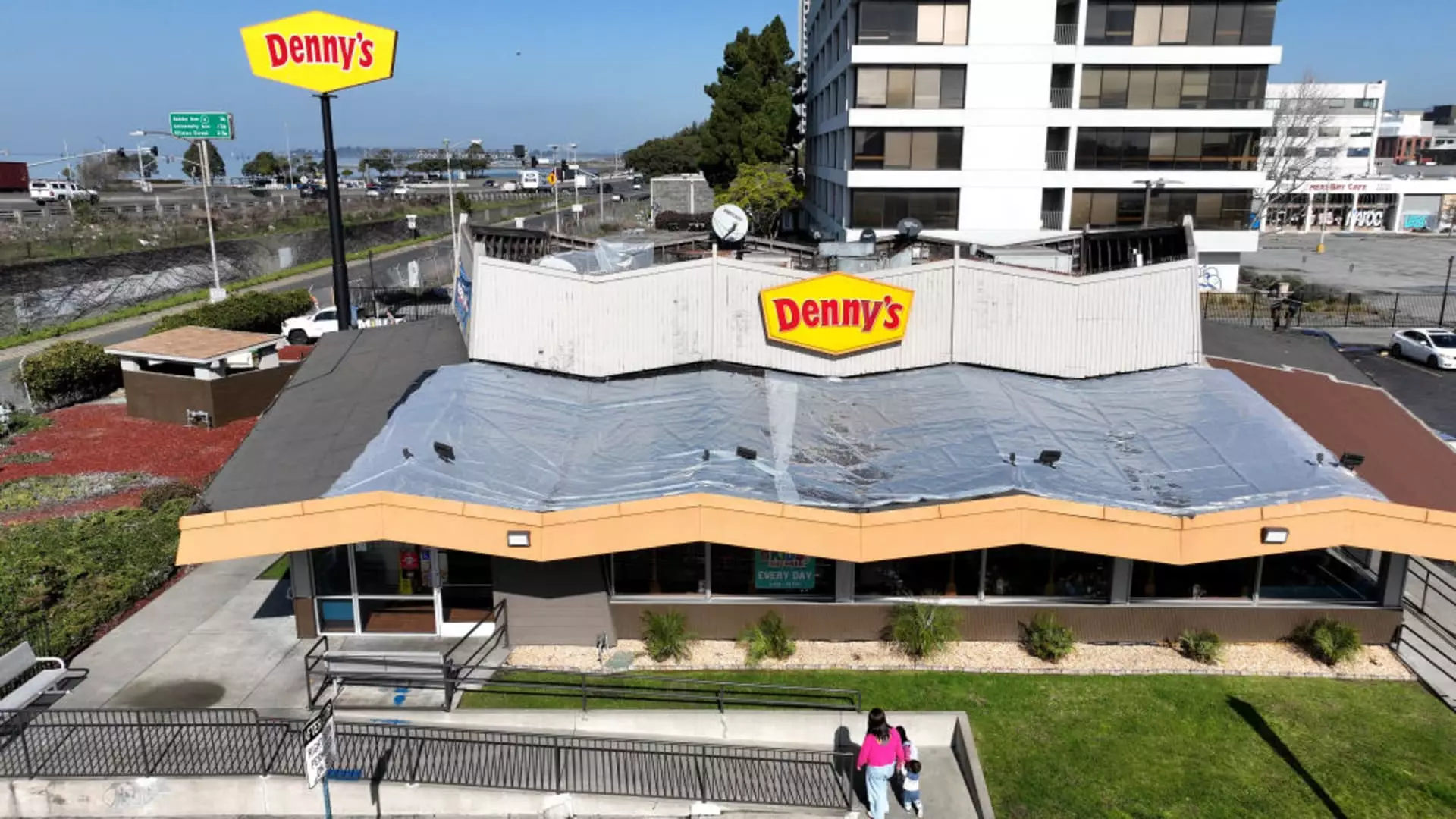The restaurant industry faced unprecedented challenges throughout 2024, leading to significant transformations in the marketplace. As inflation struck hard and consumer wallets tightened, many diners chose to cut back on their spending at restaurants, opting instead for more budget-friendly dining options. This shift in consumer behavior had a profound impact on chains nationwide, resulting in a wave of closures and bankruptcies. The year will be remembered as one marked by careful reevaluation and difficult decisions as operators sought to navigate through turbulent economic waters.
Data from Black Box Intelligence revealed a stark drop in restaurant visits for the first ten months of 2024. The combination of economic pressures and a desire for more value-oriented dining experiences caused patrons to scale back their outings. Many consumers opted for takeout or fast-casual options over traditional casual dining establishments, which have been grappling with declining popularity since the rise of new competitors. This loss in footfall directly translated to lower sales figures for many existing chains, exacerbating the financial strain on an industry already beset by difficulties.
The repercussions of shrinking sales were glaring, with 26 restaurant companies filing for Chapter 11 bankruptcy protection in 2024 alone. This figure is staggering, being nearly triple the number of bankruptcy filings reported during the pandemic in 2020. Many casual dining chains, in particular, found it increasingly difficult to innovate and attract diners, leading to closures that echoed the industry’s ongoing struggles. Significant players like Wendy’s, Applebee’s, and TGI Fridays made headlines as they announced plans to close unprofitable locations while attempting to recalibrate their strategies for future success.
In late October, Wendy’s revealed plans to shutter 140 underperforming locations by year-end after already closing approximately 80 earlier in the year. Such decisions were not made lightly; Wendy’s executives aimed to prune outdated sites, optimizing the company’s overall performance in the process. Overall, Wendy’s projected that it would maintain its total restaurant count through new openings.
Applebee’s parent company, Dine Brands, also recognized the need for change, announcing intentions to close 25 to 35 U.S. locations. Notably, Applebee’s has seen six consecutive quarters of declining same-store sales, leading to mounting pressure within the chain. Dine Brands has struggled with store closures outpacing new openings for several years, indicating a troubling trajectory for a once-dominant player in the casual dining sector.
Denny’s: Adapting to the New Normal
Denny’s, known for its 24-hour service, faced its own challenges in 2024. The chain opted to close 50 locations with plans to eliminate an additional 100 restaurants by the end of 2025. The closures target underperforming sites, yet Denny’s remains cautiously optimistic. Executives communicated a belief that the closures would streamline operations and ultimately boost same-store sales. With plans for steady new openings in subsequent years, Denny’s embodies a model of adaptation amidst strife.
TGI Fridays exemplified the financial difficulties in the industry when it joined the list of chains filing for bankruptcy in November, following the shutdown of 86 restaurants earlier in the year. As a result of these moves, TGI Fridays’ presence diminished drastically across the globe. Similarly, Red Lobster faced perilous times, closing over 120 restaurants prior to filing for bankruptcy. Changes in ownership and management within the company herald the possibility of a revitalization, albeit with the scars of past decisions.
Fast-Casual Chains: A Mixed Bag
Even fast-casual chains like Noodles & Co. were not immune to the shifting landscape. The company announced plans to close roughly 20 locations after conducting an exhaustive review of its overall footprint. This decision reflects broader market trends that necessitate re-evaluating operations to adapt to changing consumer preferences. Despite efforts to revamp menu offerings, the pursuit of revitalization still faces significant uphill battles, as evidenced by a 3.3% decrease in same-store sales for the most recent quarter.
The restaurant industry in 2024 serves as a case study in resilience and adaptation. Chains are making difficult decisions as they navigate economic turmoil and shifting consumer patterns. While many established brands face closures and bankruptcies, others are learning to innovate in their offerings and recalibrate their strategies. As the year closes, many question the future of dining out in America. However, with strategic moves aimed at sustaining operations and streamlining performance, a path forward may yet emerge, potentially leading to a stronger industry with a renewed focus on consumer values.


Leave a Reply